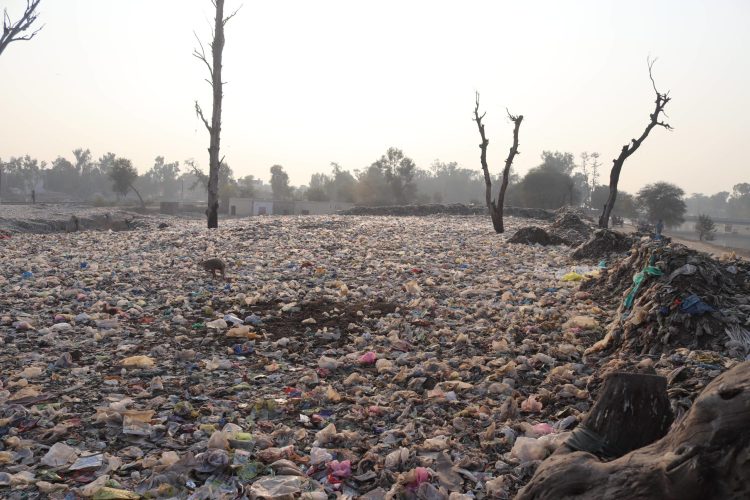
An estimate of 50 per cent to 75 per cent of states in Nigeria are affected by desertification. States such as Borno, Yobe, Jigawa, Katsina, Sokoto, Zamfara, Kebbi, Kano, Gombe and Bauchi are affected. These states with a high population have 38 per cent total land mass of the country.
In the extreme northern part of Yobe, Katsina, Sokoto, jigawa and Borno states, villages and major access roads have been buried under sand dunes, posing a lot of pressure on the already degrading land meant for farming, causing increase in migration of human and livestock
populations from the affected areas to buffer states such as: Federal Capital Territory, Taraba, Niger, Kwara and Kaduna among others.
The usual method of controlling desert encroachment in affected areas is the annual tree planting campaign, mostly anchored by the state governors among other federal government initiatives of which include the great green wall project, cutting across several countries in the Sub-Saharan African countries.
A University don and director, Desert Research Monitoring and Control Centre Yobe State University, Professor Hassan Galal in a chat, told me for the fight against desertification to be successful, all hands must be on deck especially on the integration of all fields of science.
Prof. Galal who is also the HOD of the department of Geology at the Yobe State University says unless a multidimensional approach was given on the fight against desertification, including behavioural change towards the protection of the environment, the phenomenon would continue to harm the ecosystem.
“To mitigate desert encroachment, we need integrated and complete work of all disciplines. This integration between all the fields of science should serve together to enhance the environment and to restore the ecosystem again, because, contrary to this, it will lead to soil degradation and deterioration in addition to losing biodiversity and biomass.
“We also need to increase the level of awareness on the value of protecting the environment as well as dangers of felling down life trees.”





